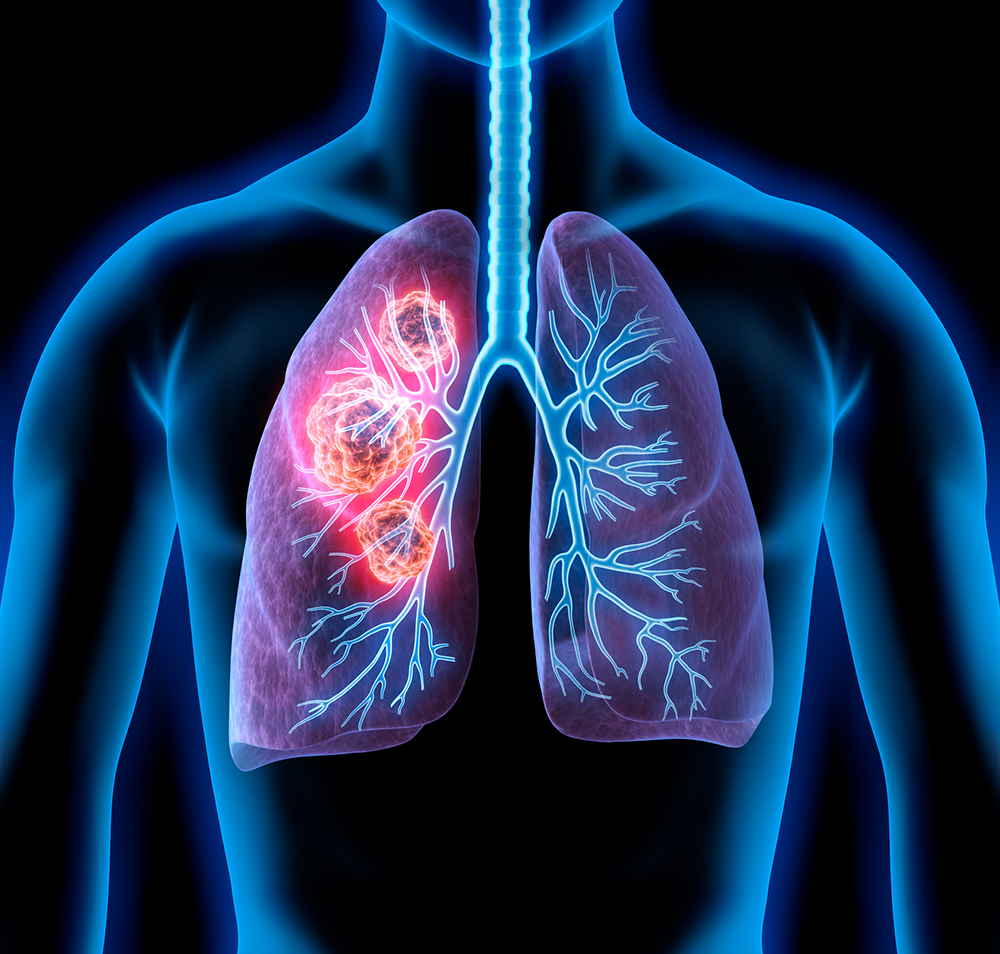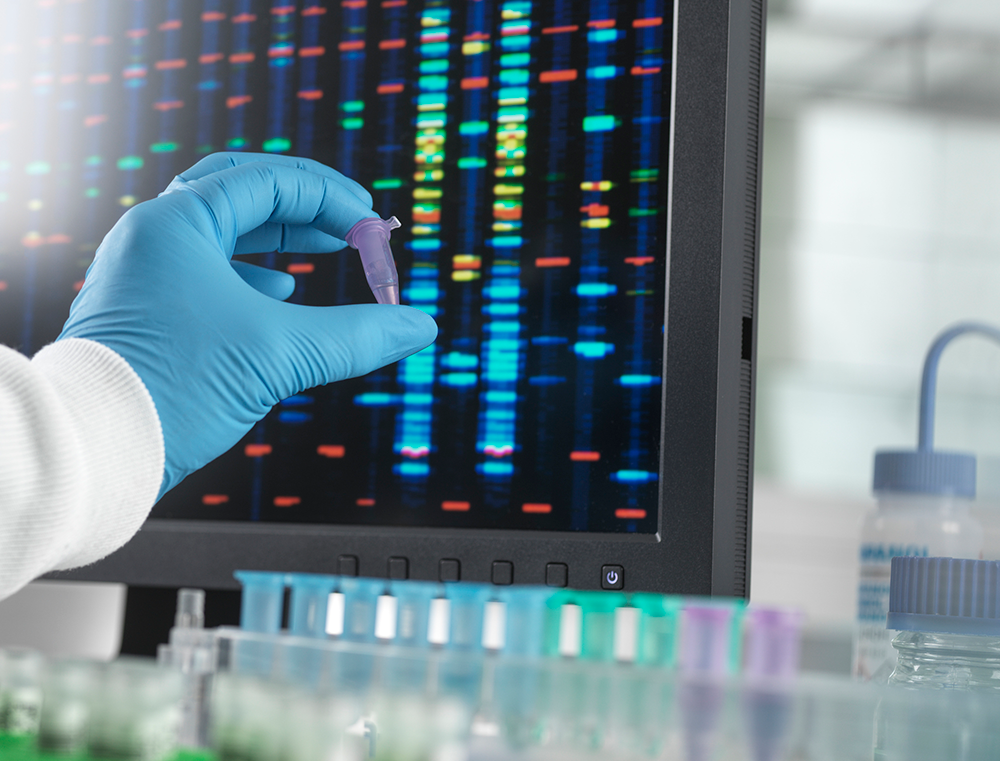Self-Collection for HPV Testing Provides More Accessibility for Cervical Cancer Screening
Human papillomaviruses, or HPVs, are a group of more than 200 related viruses, some of which are linked to cancer. There are about 30 HPV types that can be easily passed between partners through sexual contact, and two of these viruses are responsible for more than 70 percent of cervical cancer cases. In addition to cervical cancer, HPV has also been linked to vulvar cancer, vaginal cancer, penile cancer, anal cancer, and certain head and neck cancers.
Cancer is most treatable when caught in its early stages. Advancements in routine screening and HPV testing can even find precancerous changes in the cervix. This allows physicians to begin treatment early before cancer develops.
In May 2024, the Food and Drug Administration (FDA) expanded the approval of two tests that detect HPV in the cervix to allow for self-collection. This means patients who cannot have or do not want to have a pelvic exam can collect their own vaginal sample in a healthcare setting.
Traditional HPV Screening is Effective, but Can Have Limitations
Screening for HPV is traditionally through two types of testing:
- HPV tests look for HPV in the cervix. While it cannot detect precancer or cancer, it does detect high-risk types of HPV that are likely to cause those conditions.
- Pap tests look for cell changes or abnormal cells in the cervix that may be signs of precancer or cancer. It does not detect the presence of HPV.
Currently, the American Cancer Society (ACS) recommends regular HPV testing as a part of screening for cervical cancer. This means people aged 25 to 65 should have a primary HPV test every five years. If primary HPV tests are not available, ACS recommends a co-test that combines the HPV and Pap tests every five years or a Pap test alone every three years. These tests are usually done by collecting samples during a pelvic exam with a healthcare provider.
Learn more about cervical cancer screening
While routine testing is the most effective way to detect precancer and cancer, about 30 percent of people eligible for testing do not get screened for cervical cancer at the recommended times.
The US Preventive Services Task Force (USPSTF) notes that access to female healthcare providers is a factor. People experiencing poverty, living in rural areas, or from racial or ethnic minorities are less likely to have reliable access to pelvic exams. Some patients may lack insurance, transportation, childcare, or the time it takes to attend an appointment.
Outside of accessibility issues, many people are unable to have pelvic exams due to disabilities, medical conditions, a history of trauma, or religious or cultural beliefs.
How Does Self-Collection for HPV Testing Work?
The new FDA approvals expand access to testing by allowing self-collection of samples for HPV tests. This means patients have an option for testing that does not require a pelvic exam. Samples are tested with the same FDA-approved tests as samples taken from pelvic exams.
Two devices are currently approved for self-collection. One device is similar to a large Q-tip, while the other looks like a tampon. The patient can insert either device into the vagina to take a sample. The sample is then sent to a lab to be tested. If the test is positive for HPV, the patient should have additional testing to check for changes to the cervix.
Please note that while these devices enable sample collection by the patient, the patient must use the devices in a healthcare setting. However, testing does not have to be done with a women’s healthcare provider. Self-collection tests can be done in a variety of healthcare clinics, including a primary care office or mobile clinic. This expands access for patients with limited access to medical facilities in their area.
Healthcare clinics offering self-collection will provide a kit with one of the approved devices. The patient can then collect the sample themselves in a restroom at the facility. This can be a more private, less invasive process than a pelvic exam.
Self-collection has been implemented internationally and has been found to be equally accurate as traditional sample collecting during pelvic exams.
The Future of HPV Testing and Cervical Cancer Screening
Approvals for self-collection in a healthcare setting is a massive step forward for accessibility and options in female reproductive health. The National Cancer Institute (NCI) is launching a clinical trial network to gather data on the accuracy and effectiveness of self-collection-based HPV testing which could lead to expanded approvals for usage.
Several companies have already developed at-home testing kits that are available for self-collection. These tests have not yet been approved by the FDA, but researchers are currently conducting trials on the efficiency of at-home testing. This data will be used for the approval of those existing tests.
Researchers are also regularly updating cervical cancer screening guidelines. Experts are currently working on incorporating self-collection for HPV testing in existing guidelines.
While guidelines have typically been updated every seven to ten years, research for cervical cancer is currently advancing at a much more rapid pace. If you have questions about HPV testing or cervical cancer screening, please consult your physician. They can help you determine the most appropriate testing and screening process for you.




